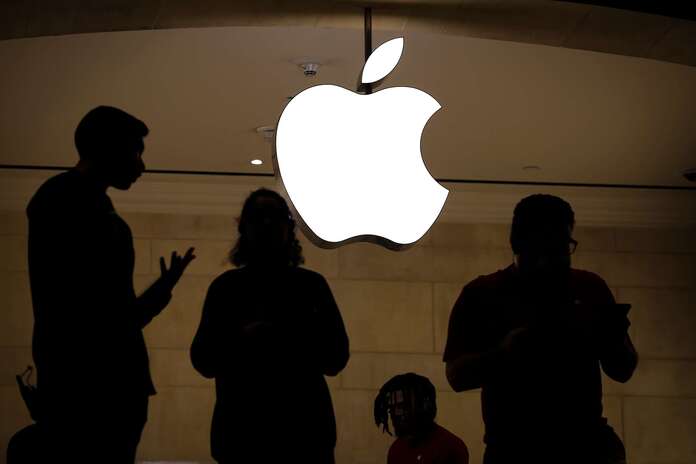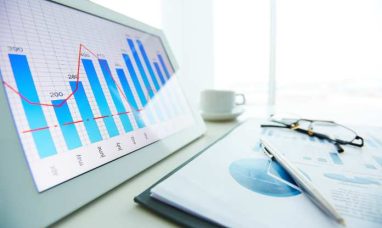The competition is heating up to integrate generative artificial intelligence (AI) technology into the smartphones we carry daily. Recent strides in AI advancement suggest a potential transformation in mobile communication and computing at a pace that appeared unlikely just months ago.
While the introduction of ChatGPT brought generative AI into the spotlight, the idea of incorporating it into handheld devices seemed distant. The computational demands of training large language models (LLMs) and running inferencing, or producing results, presented challenges for handsets due to limited memory and processing power.
Despite these obstacles, progress is underway, and it’s happening surprisingly quickly, prompting increased interest in Apple (NASDAQ:AAPL). Despite not participating in the speculative AI technology frenzy so far, there is growing anticipation that this might change soon.
Apple’s stock and its foray into AI have been somewhat overlooked. Quietly, the company has been enhancing its capabilities in artificial intelligence through acquisitions, staff hires, and hardware updates aimed at integrating AI into its next generation of iPhones.
The company’s researchers have been at the forefront of these efforts. In December, Apple researchers published a paper announcing a breakthrough in running LLMs on-device using Flash memory, enabling faster processing of queries, even offline.
Contrary to expectations, Apple has been more active than its big tech rivals, such as Microsoft (NASDAQ:MSFT), Alphabet (NASDAQ:GOOG), and Amazon (NASDAQ:AMZN), in acquiring AI startups. PitchBook data reveals that Apple has acquired 21 AI startups since the beginning of 2017.
Maintaining its characteristic secrecy, Apple has refrained from divulging detailed AI plans, in contrast to its counterparts who have publicized multibillion-dollar investments in AI technology. Apple seems to be working on developing its large language models, essential for powering generative AI products like OpenAI’s ChatGPT. The goal is to operate generative AI through iPhones, allowing AI chatbots and apps to run on the device’s own hardware and software instead of relying on cloud services.
This ambitious plan poses significant technological challenges, including reducing the size of large language models and implementing higher-performance processors.
The upcoming Worldwide Developers Conference (WWDC) in June is expected to be a highlight for Apple, potentially unveiling its latest operating system, iOS 18, geared towards enabling generative AI. Speculation suggests that iOS 18 might feature Siri, Apple’s voice assistant, powered by an LLM.
Apple’s progress with new chips, such as the M3 Max processor for the MacBook, the S9 chip for the Apple Watch, and the A17 Pro chip for the iPhone 15, positions the company favorably. These chips boast enhanced speed and power, making them capable of running generative AI applications efficiently.
While Nvidia dominates the cloud-based server market for powerful chips, Apple seems well-positioned to lead the way in successfully implementing on smaller devices.
It’s crucial to note that Apple’s AI focus differs from that of Google or Microsoft. Apple prioritizes its ecosystem and protects its installed base rather than competing directly in the broader AI sector.
Despite current iPhone sales being relatively weak, an anticipated upgrade cycle boosted by demand for new generative AI features in 2025 could drive future growth.
Apple’s deliberate approach to new markets, waiting until it has a sure-fire hit, aligns with its historical strategy in smartphones and smartwatches. In the long term, on-device AI offers better profit margins compared to cloud-linked AI services, a factor that could contribute to Apple’s success in this space.
Considering all these factors, Apple stock appears to be a prudent buy in the months leading up to the revelation of its AI plans, notwithstanding potential short-term volatility around earnings announcements. Consider purchasing AAPL around $187 per share.
Featured Image: Unsplash

















